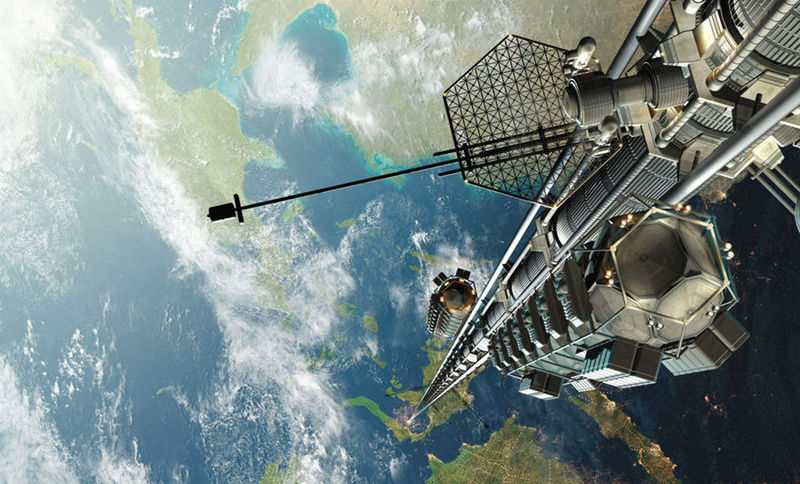
The future of the industry space technology promises to be so interesting that I’d love to believe that we can all live at least prior to the implementation of the ideas and missions about which we will talk today. Some of the concepts presented here look like a logical development step in the right direction, others seem absolutely insane and even suicidal ideas. However, first, there is a real chance.
Magnetic space train Startram
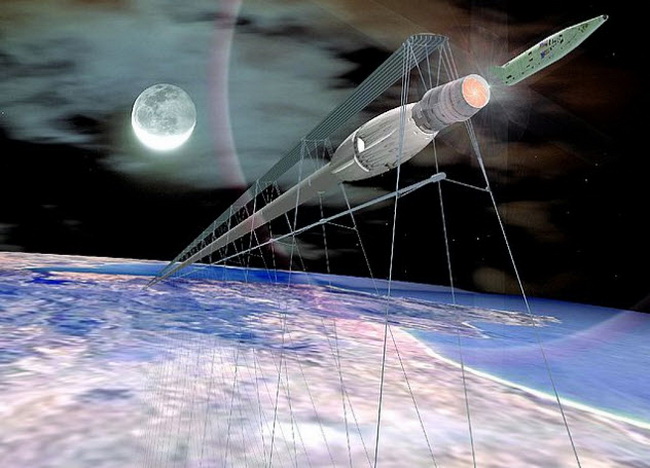
The project proposed system of space launches Startram, for the start of construction and implementation of which would require, according to preliminary measurements, about 20 billion dollars, promises the ability to deliver into orbit loads weighing up to 300 000 tons with very affordable price of 40 dollars per kilogram of payload. When you consider that currently, the shipping cost of 1 kg of payload into space is, at best, 11 000 dollars, the project looks very interesting.
For the project Startram would not need rocket fuel or ion engines. Instead, here we will use the technology of magnetic repulsion. It should be noted that the concept of trains on a magnetic pillow is not new. On Earth there are already trains that travel on magnetic belt at about 600 miles an hour. However, all of these Maglev trains (used mainly in Japan) is one major obstacle that limits their maximum speed. In order for such trains were able to unleash their full potential and achieve the highest possible speed, we need to get rid of atmospheric effects, which slows down their movement.
The Startram project offers a solution to this issue through the construction of long hanging vacuum tunnel at an altitude of about 20 kilometers. At this altitude the air resistance becomes less pronounced, which will produce up to space at much higher speeds and with much less resistance. Spacecraft literally would be fired into space, without the need to overcome the atmosphere. The construction of such a system will require about 20 years of work and investments totalling $ 60 billion.
Catcher asteroids

Among fans of science fiction in his time were burning hot disputes about the scientific method and clearly underestimated the difficulty of landing on an asteroid, shown in the famous American sci-Fi Thriller “Armageddon”. Even NASA once noted that would have found better (and more realistic) to try to save the Earth from impending doom. Moreover, the space Agency recently provided a grant for the development and construction of “catcher of comets and asteroids”. Spacecraft special powerful harpoon will cling to the chosen object and space through the power of their engines to pull these objects from the trajectory of dangerous rapprochement with the Earth.
In addition, the device can be used to catch asteroids with a view to further mining on them. Space object will be pulled by the harpoon and exits to the right place, for example, to the orbit of Mars or moon, where there will be orbital or terrestrial base. Then the asteroid will be sent to group production.
Solar probe
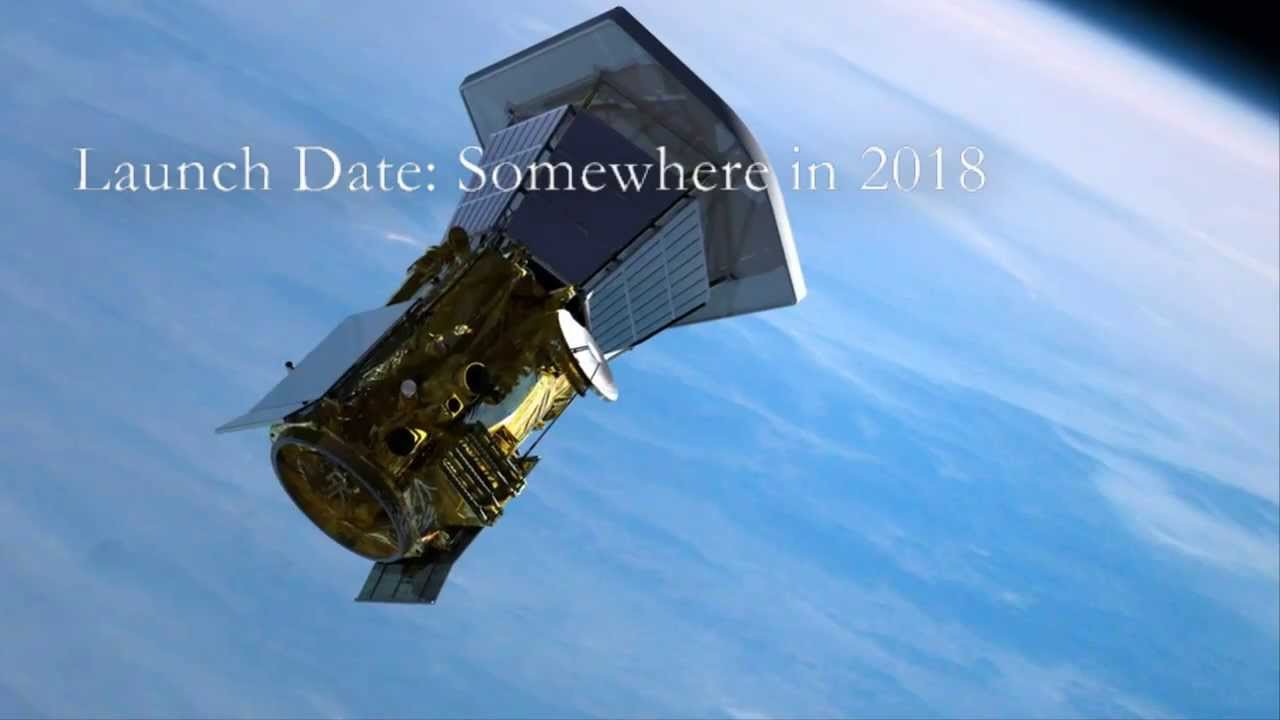
As on Earth, in the Sun, too, has its wind and the storm. However, unlike the earth, the solar wind can ruin your hair, they are able to literally vaporize. To many questions about the Sun, which is not so far, according to space Agency NASA, will be able to answer “sun probe”, which will go to our luminary in 2018.
The spacecraft will approach the Sun at a distance of about 6 million kilometers. This will lead to the fact that the probe will be subjected to a radiation energy such capacity, the one that had no man-made spacecraft. To protect yourself from exposure to harmful radiation to the probe, according to engineers and scientists, will help carbon-composite heat shield thickness of 12 cm.
However, NASA can’t just send the probe directly to the Sun. Space you will have to do a minimum of seven spans orbiting around Venus. And that it will take about seven years. Each turn will speed up the probe and to adjust the trajectory to the right course. After the last flyby, the probe sent to orbit the Sun, at a distance of 5.8 million kilometers from its surface. Thus it will be closest to the Sun is a man-made space object. The current record belongs to a space probe “Helios-2”, which is at a distance of approximately 43.5 million kilometers from the Sun.
Martian Outpost
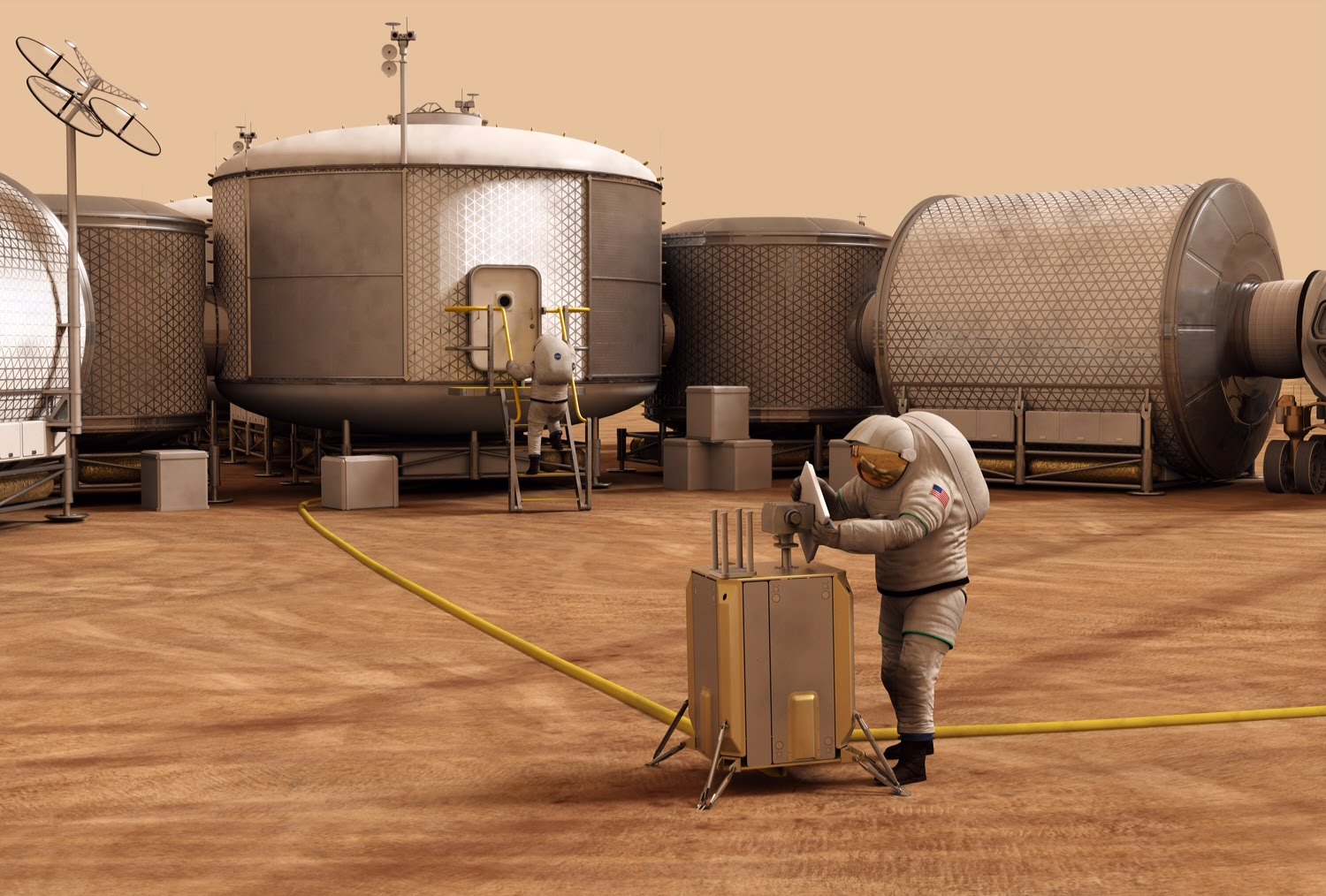
Prospects for future missions to Mars and Europe Grand. In NASA believe that if they will not interfere with any global cataclysms and the fall of the killer asteroid, the Agency will send the person on the Martian surface within the next two decades. NASA even managed to introduce the concept of future Mars Outpost, the construction of which is scheduled to start somewhere at the end of 2030-ies.
The radius of the planned research area will be about 100 kilometers. It will include housing units, scientific complexes, Parking Mars Rovers and mining equipment for team of four. The energy for the complex will be produced partly thanks to a number of compact nuclear reactors. In addition, electricity will produce solar panels, which, of course, will become ineffective for the case of Martian dust storms (hence the need for compact reactors).
Over time in this region dwell many scientific teams, who have to grow food, collect water, and even Mars to create on the rocket fuel to fly back to Earth. Fortunately, many useful and necessary materials for the construction of the Martian base is contained directly in Martian soil, so to bring some things to the founding of the first Mars colony won’t have to.
The NASA ATHLETE Rover
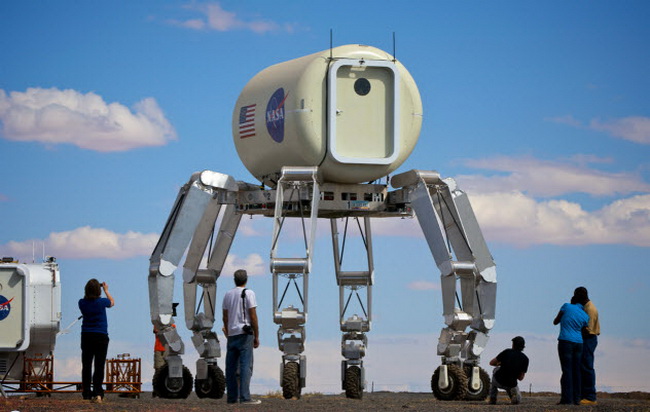
Rover ATHLETE (All-Terrain Hex-Limbed Extraterrestrial Explorer), similar to the spider one day will be engaged in the colonization of the moon. Due to its special suspension consists of six independent legs that can be rotated in all directions, the Rover can move over the soil of any complexity. The presence of the wheels allows it to move faster on smoother surfaces.
This hexapod can be equipped with a variety of scientific and work equipment and, if necessary, easily cope with the role of the mobile crane. In the picture above, for example, ATHLETE is installed on the residential module. In other words, Rover can also be used as mobile homes. ATHLETE height is about 4 meters. However, he is able to lift and carry objects weighing up to 400 pounds. And this is when earth’s gravity!
The most important advantage of ATHLETE is in the suspension, which gives it incredible mobility and ability to perform complex work on delivery of heavy objects, in contrast to a stationary landing module, which was used in the past and are used now. One option is the use of ATHLETE and 3D printing. Install it on your 3D printer will allow you to use the Rover as a mobile equipment print lunar dwellings.
3D-printed Martian home
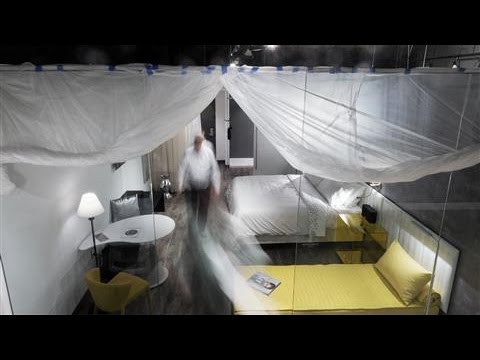
To bring the start of the preparation for a human mission to Mars, NASA organized an architectural competition, whose purpose is the development and sponsorship of innovative 3D printing technologies that will allow the method of three-dimensional printing to build Mars house.
The only condition of the contest was to use materials that are widely available for mining on Mars. The winners were two design companies from new York, Team and Space Exploration Architecture Clouds Architecture Office, who proposed his concept of Martian house ICE HOUSE. As a basis the concept proposes the use of ice (hence the name). Construction of buildings will be carried out in the ice areas of Mars where to go boarding modules loaded multiple compact robots that will collect dirt and ice for the erection of structures around these modules.
Wall structures are made of a mixture of water, and silica gel. As soon as the material will freeze due to low temperatures on the Martian surface, will be very suitable for yourself home there is a room with double walls. The first wall will consist of a mixture of ice and provide additional protection from radiation, the role of the second wall will be performed by the module.
An advanced coronagraph
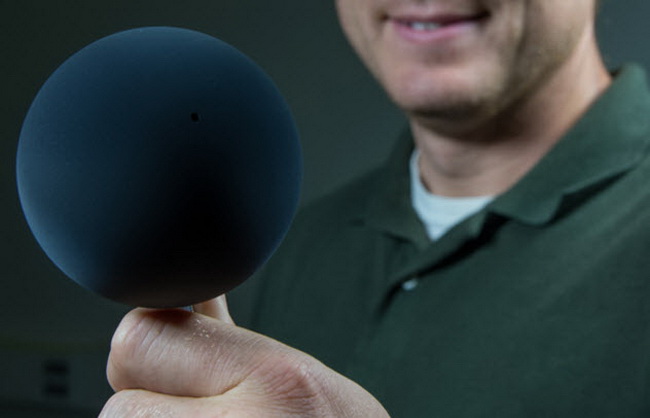
A deep study of the solar corona (the outer atmosphere of a star, consisting of charged particles) prevents a single circumstance. And this fact, as ironic as it may sound, is the Sun itself. The solution can be the so-called volumetric solar dimmer, a ball slightly bigger than a tennis ball, made of cortenova titanium alloy. The essence of the dimmer is as follows: it is installed before the spectrograph towards the Sun, creating a miniature solar Eclipse, leaving only the solar corona.
Currently, the space Agency NASA in their spacecraft SOHO and STEREO uses flat solar dimmers, but the flat design of these devices creates some blurred images and excessive distortion. The solution to this problem was suggested by the space itself. The earth, as we know, has its own dimmer sun, which is about 400 000 kilometres from us. This dimmer is the Moon which we from time to time witness a solar Eclipse.
Surround dimmer NASA will have to reproduce the effect of the lunar Eclipse, of course, only for the spacecraft, which will explore the Sun, however, being at a distance of two meters from the spectrograph, the dimmer will help to explore the solar corona without any problems, noise or distortion.
Technology Honeybee Robotics
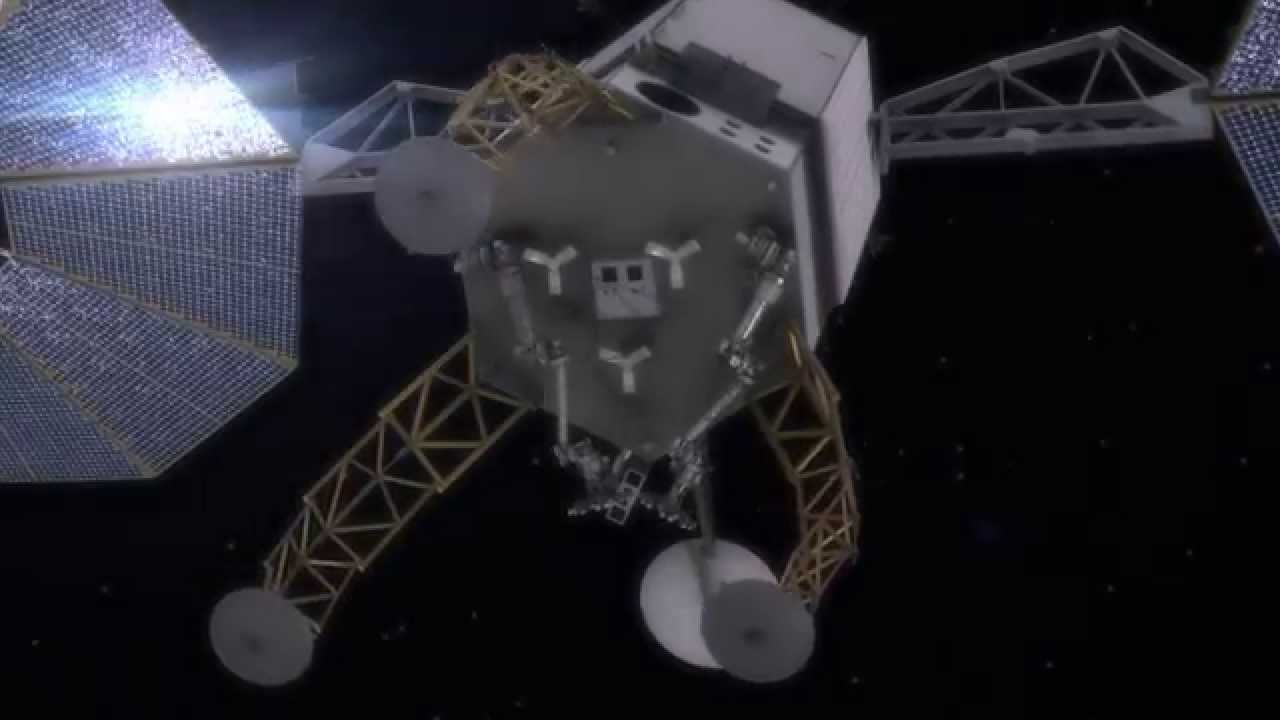
A small Western a private company Honeybee Robotics, engaged in the development and production of various space technologies, recently received from space Agency NASA to perform two new technological developments for the space program Asteroid Redirect System. The main objective of the programme is to study the asteroids and find ways to counter possible threats of collision with Earth in the future. In addition, the company is engaged in development and other interesting things.
For example, one of these developments is the space gun, which will be released in the asteroids special shells and shoot the pieces from a space object. Shoot thus a piece of an asteroid, a special spacecraft caught him with her robotic claws and carry you to the lunar orbit, where a study of its structure, scientists can deal with more. NASA plans to test this device on one of the three asteroids: Itokawa, Bennu and 2008 EV5.
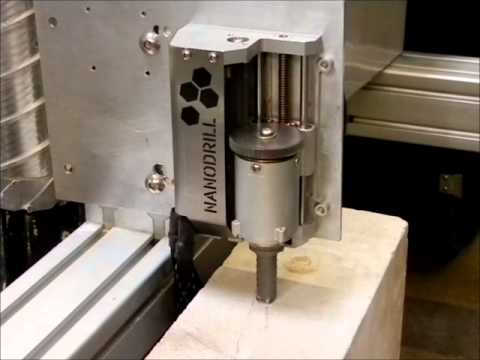
The second development is the so-called space nanobar for the collection of soil samples from the asteroids. The weight of the drill is just 1 pounds, and in size it is little bigger than the average smartphone. The drill will be used either by robots or by astronauts. With it, you will be taking the required amount of soil for further analysis.
Solar satellite SPS-ALPHA
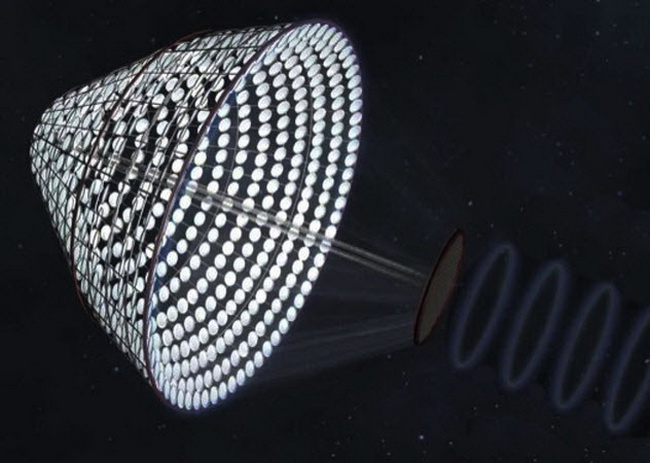
SPS-ALPHA is an orbital spacecraft, powered by solar energy and consisting of tens of thousands of thin mirrors. Stored energy will be converted to microwaves and sent back to special ground station where from there will be transmitted on the transmission line to power entire cities.
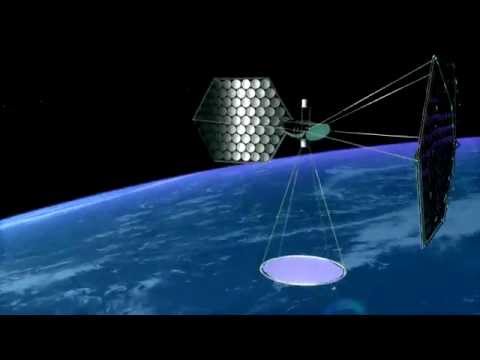
This project is perhaps one of the most complex in terms of implementation among those represented in today’s selection. First, the described platform SPS-ALPHA will be the size of much larger International space station. Its construction will require a very long time, an army of astronauts, engineers and investment of huge funds. In view of the gigantic dimensions, the platform will have to be built directly into orbit. On the other hand, the elements of the platform will be made from relatively cheap and simple from the point of view of mass production of materials and therefore the project automatically goes from “impossible” to “very difficult” that, in turn, opens up the hope that one day it is implemented will really do.
The Project “Objective Europa”

The project “Objective Europa” is the craziest ever proposed ideas for space research. Its main goal is sending humans to Europe, one of the moons of Jupiter, aboard special submarines, thanks to which there will be a search of possible life in the ice-ocean satellite.
Madness this draft adds the fact that this mission in one end. Any astronaut who decides to go to Europe, actually have to agree to sacrifice his life for the benefit of science, while receiving the opportunity to answer the deepest question of modern astronomy: is there life beyond earth?
The idea of “Objective Europa” belongs to Christina von Bengston. Currently Bengston holds a crowdsourcing company to raise funds for this project. The submarine will be equipped with the latest technology. There will be heavy duty drill, and multidimensional traction motors, and a powerful searchlight, and possibly a pair of multi-function robotic arms. Submarine and space machine that takes her to Europe, will need a powerful protection against radiation.
The landing site selection will play a crucial role. The thickness of the ice of Europe for almost its entire surface is several kilometers, so the machine would be best to plant near the fault line where the ice crust is not as strong and thick. The project, of course, raises many questions, including of moral nature.
